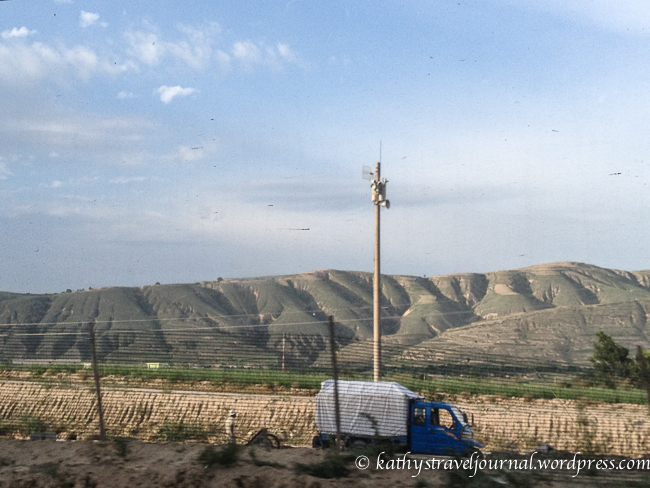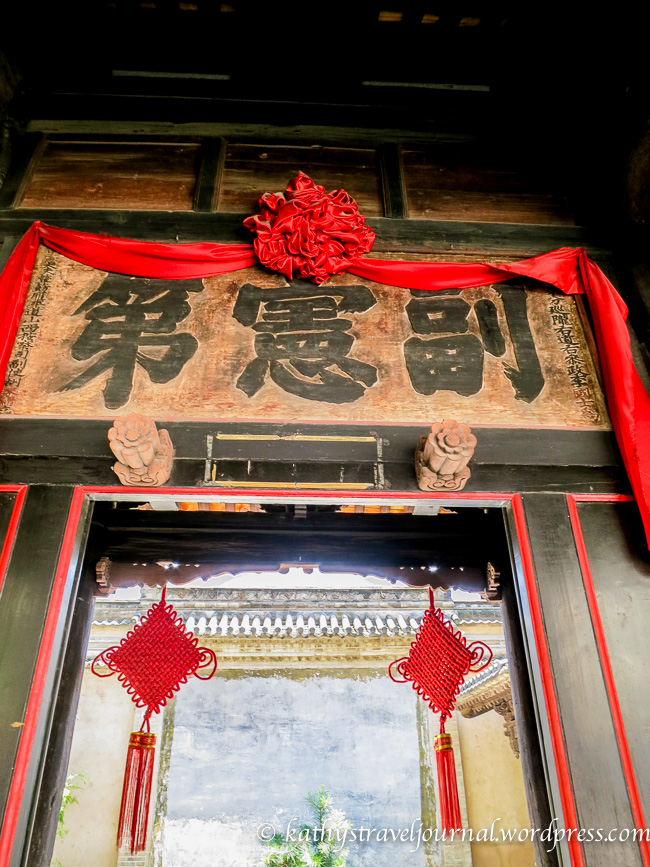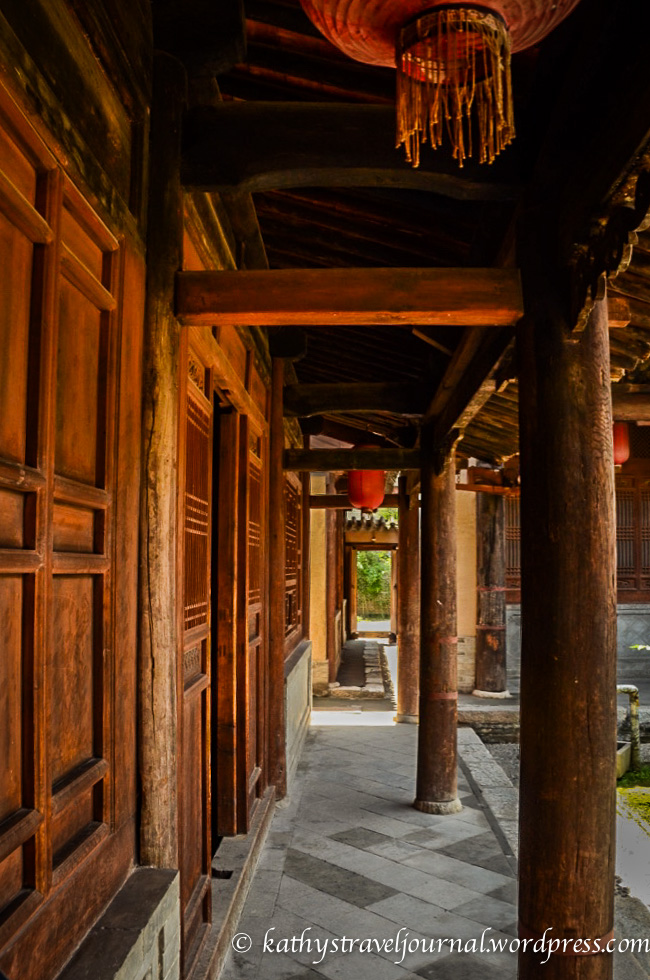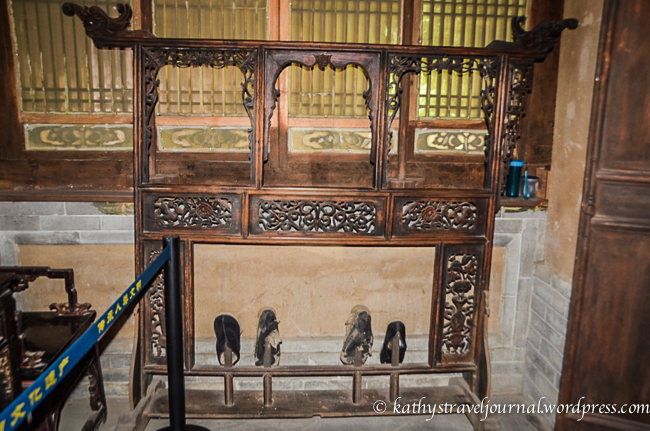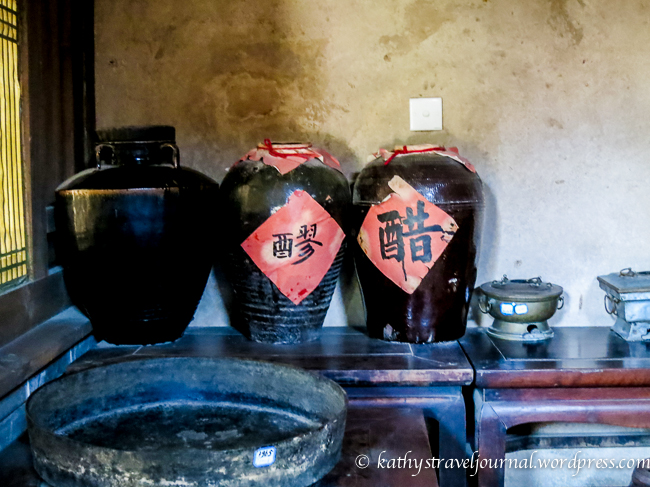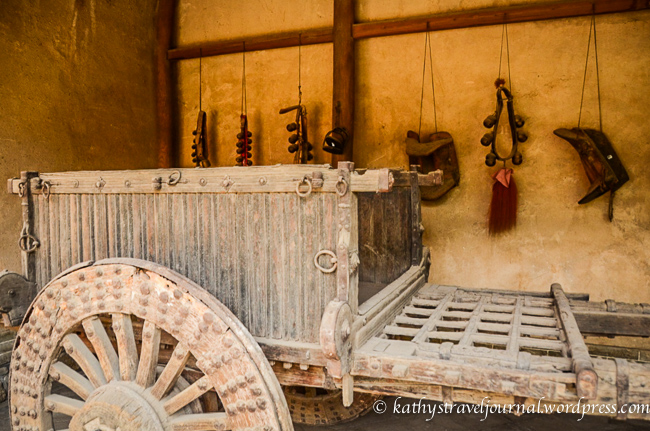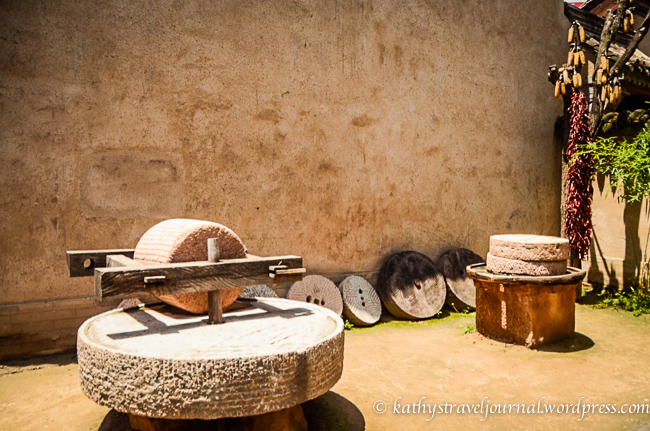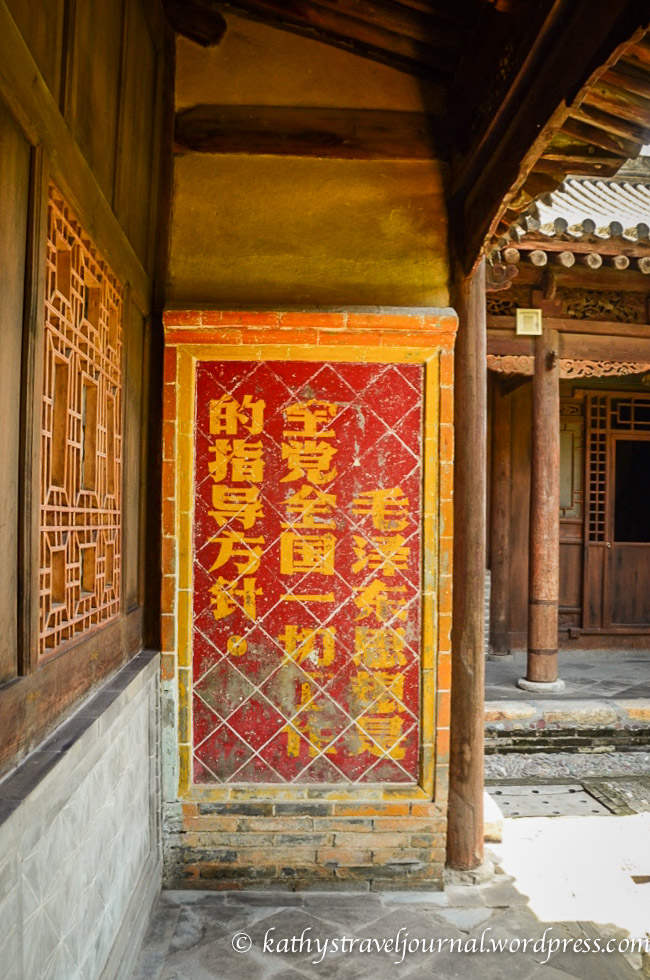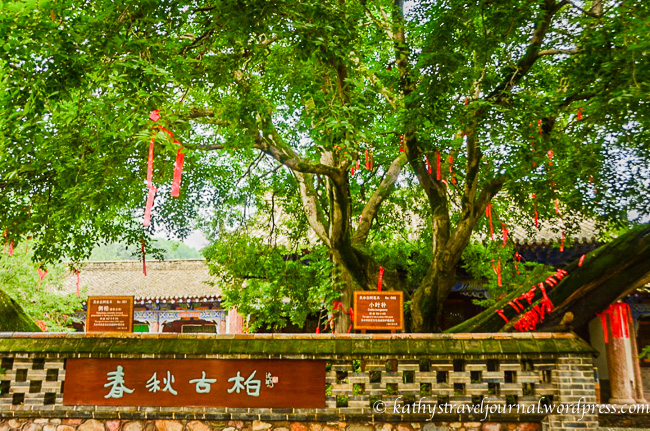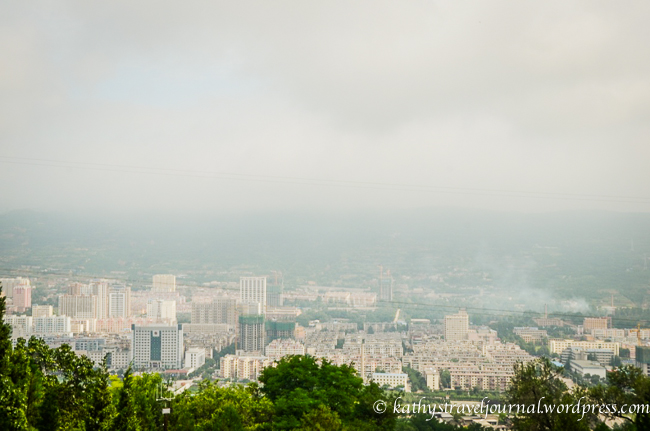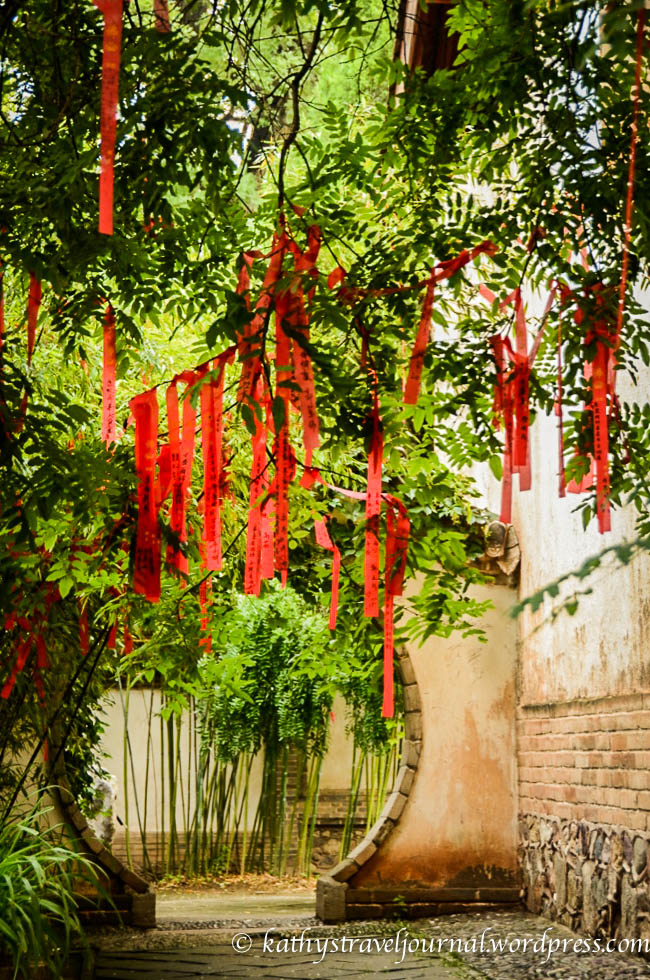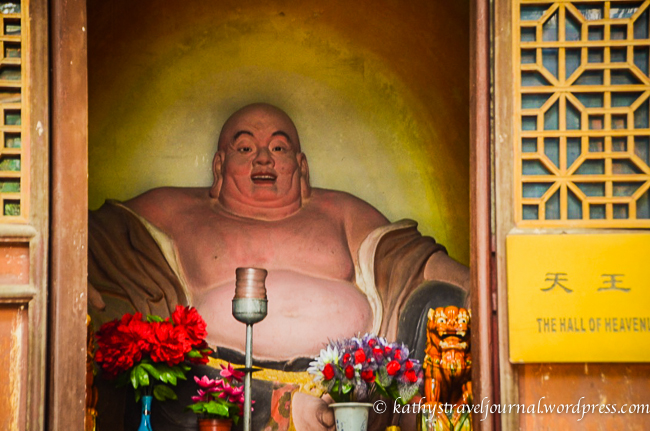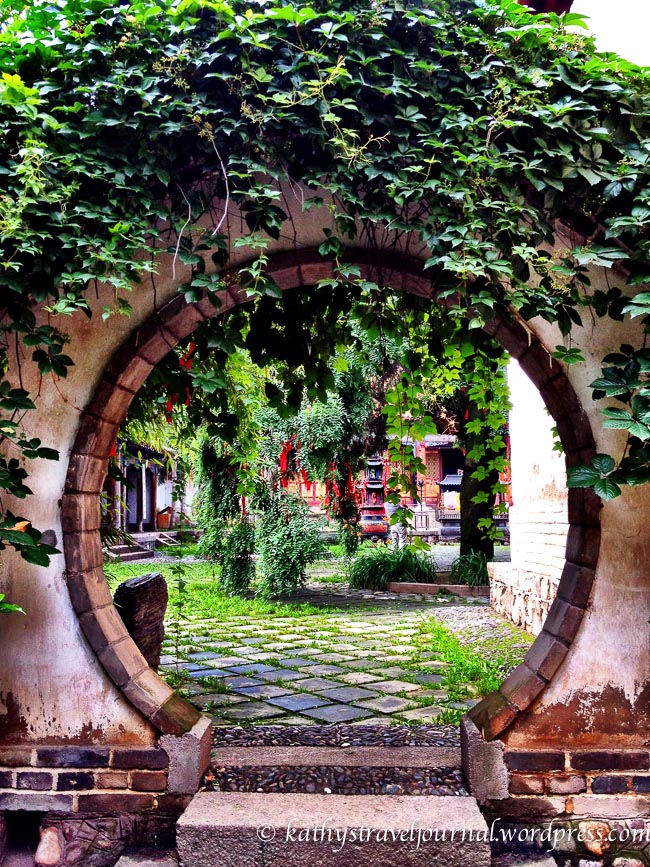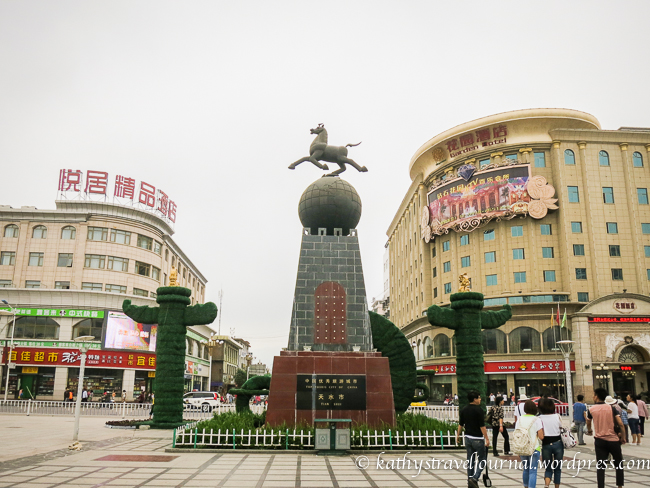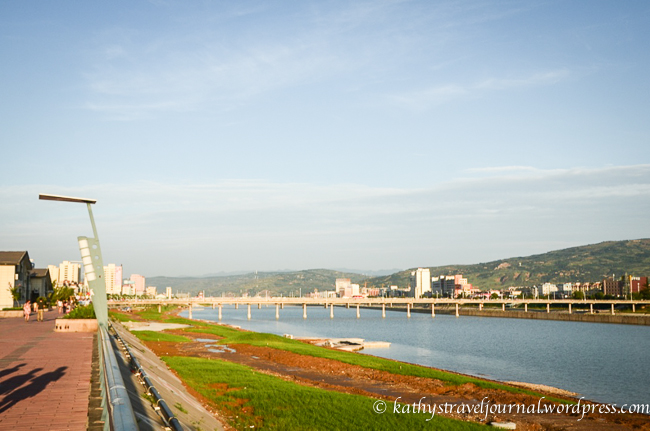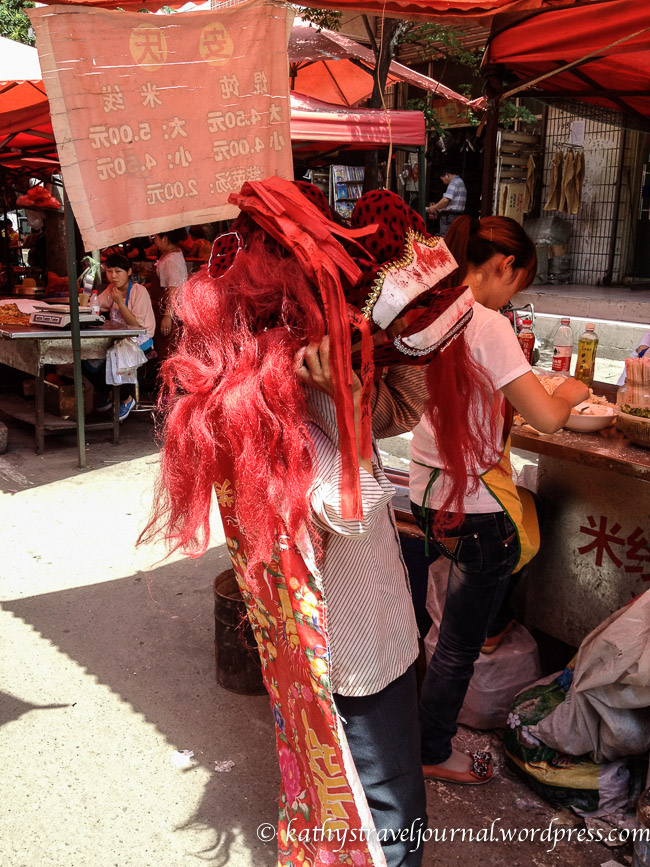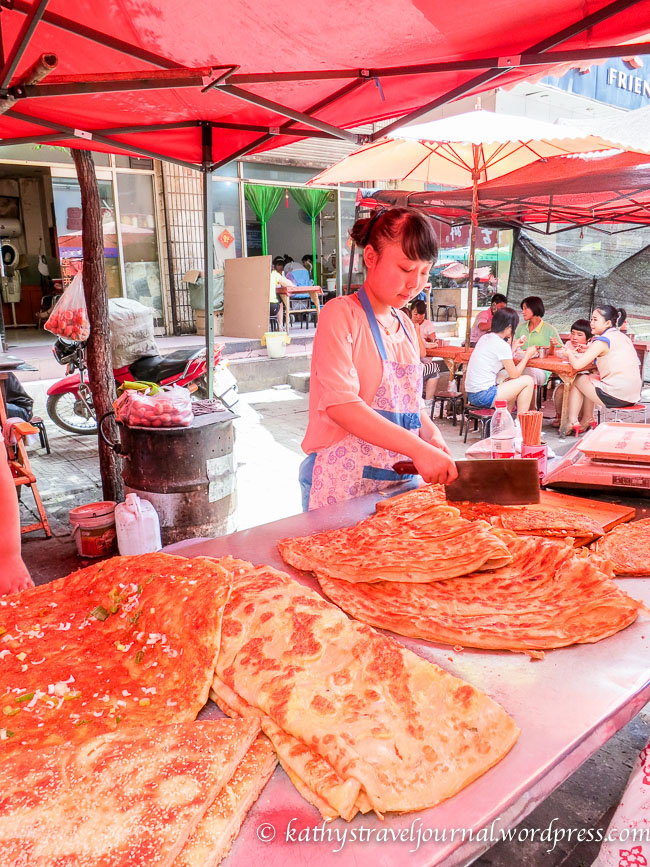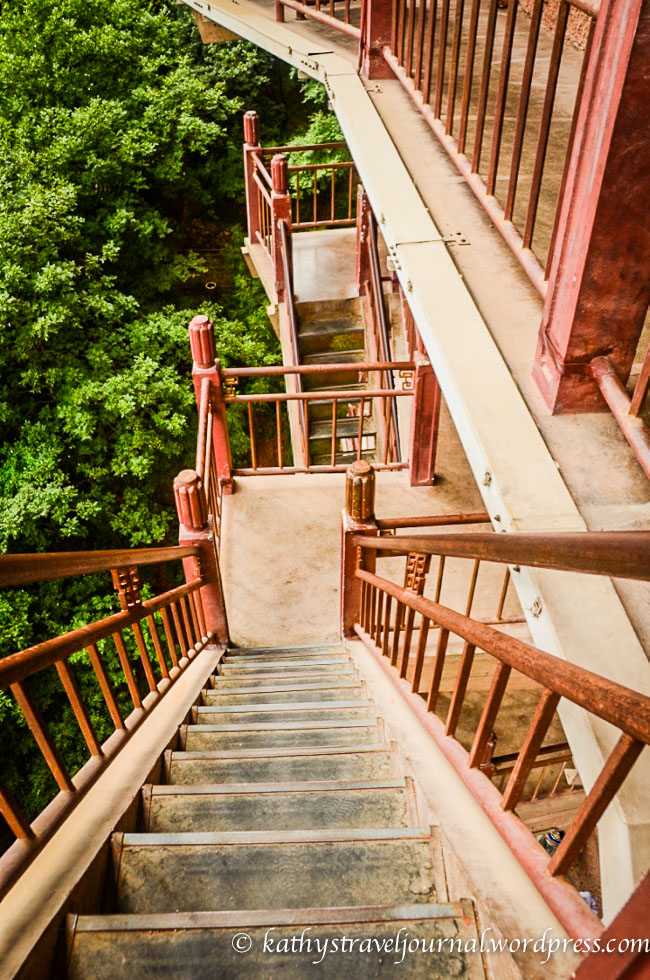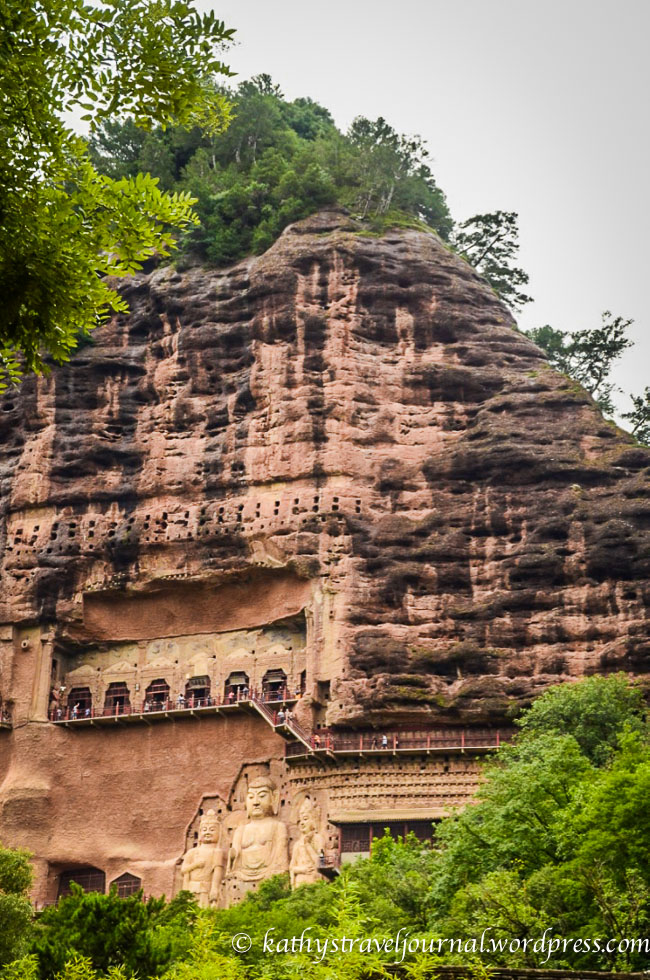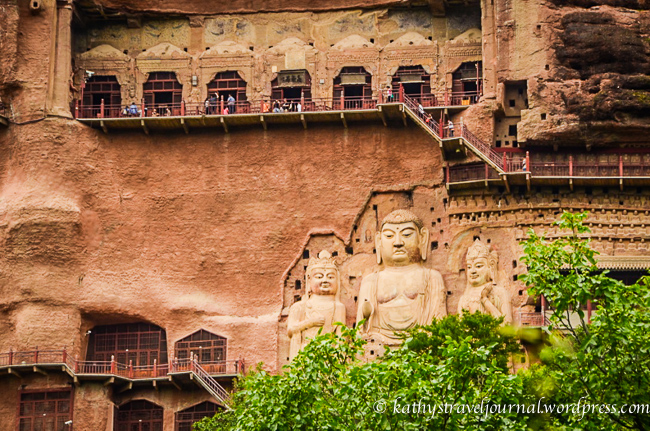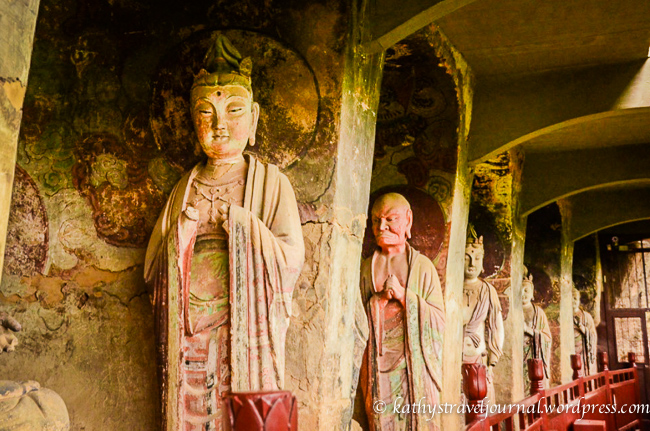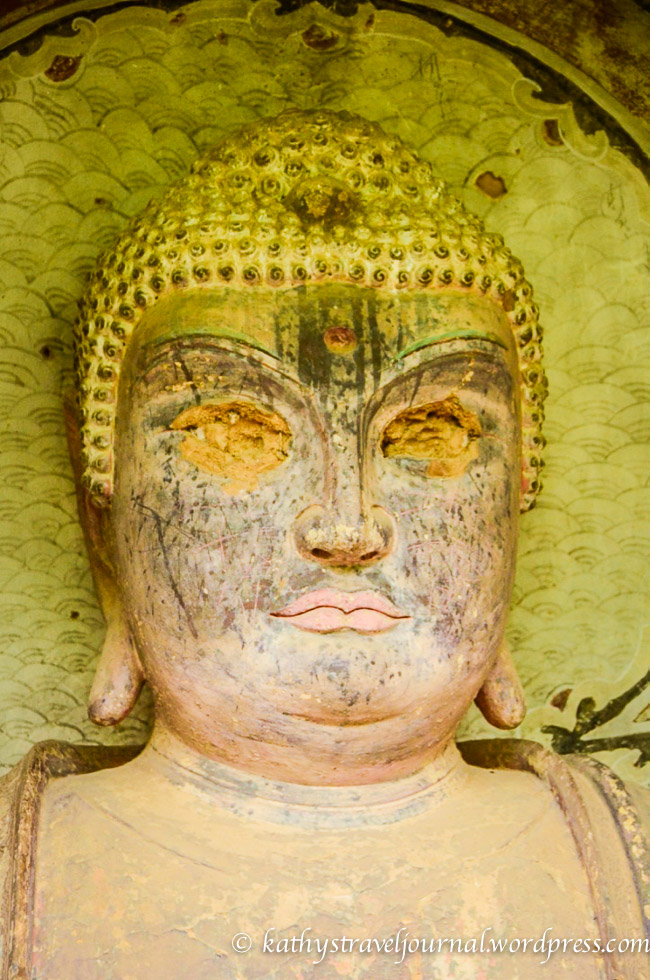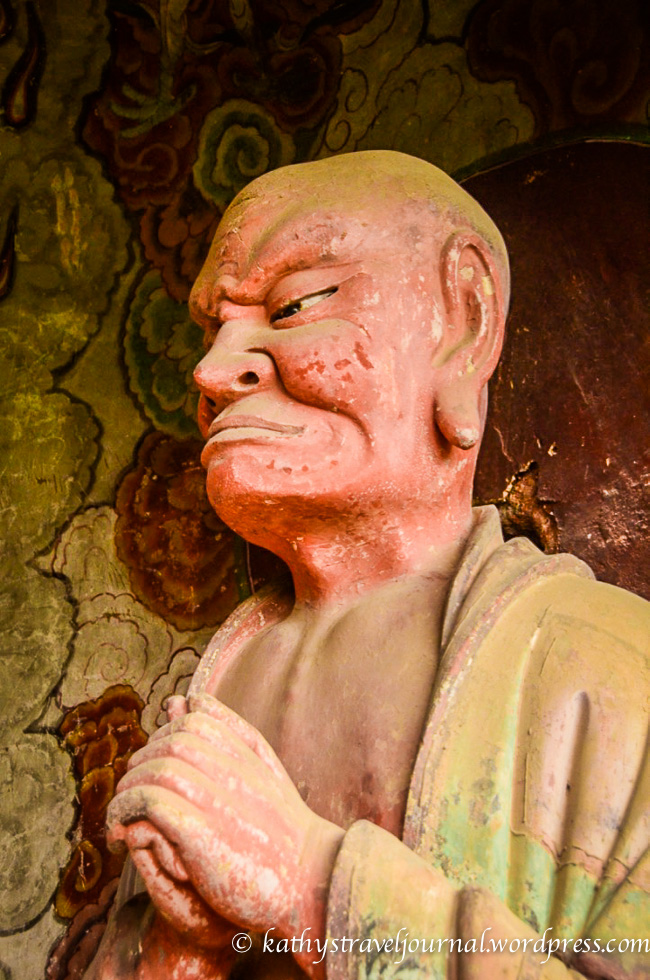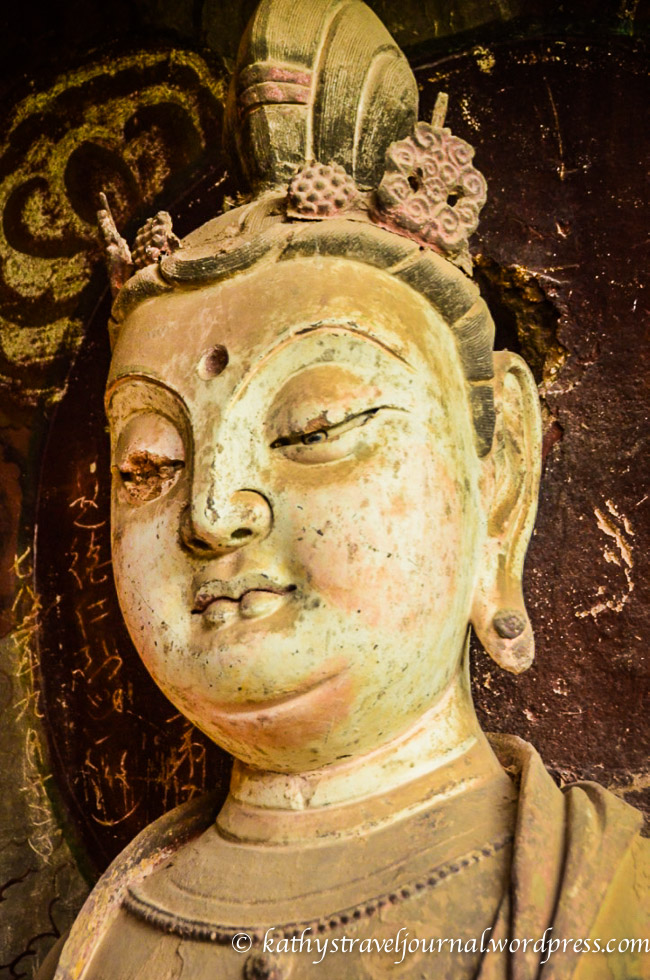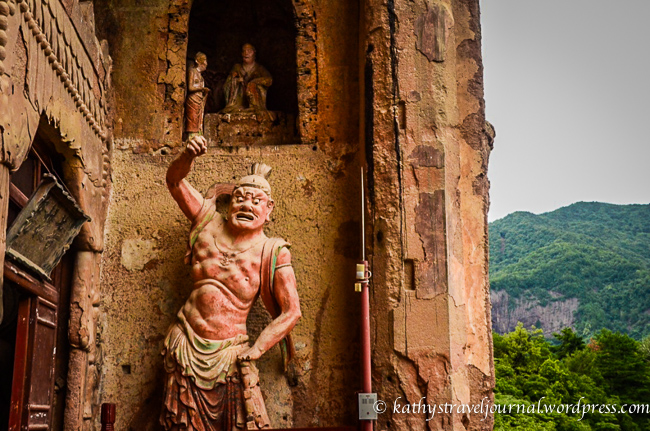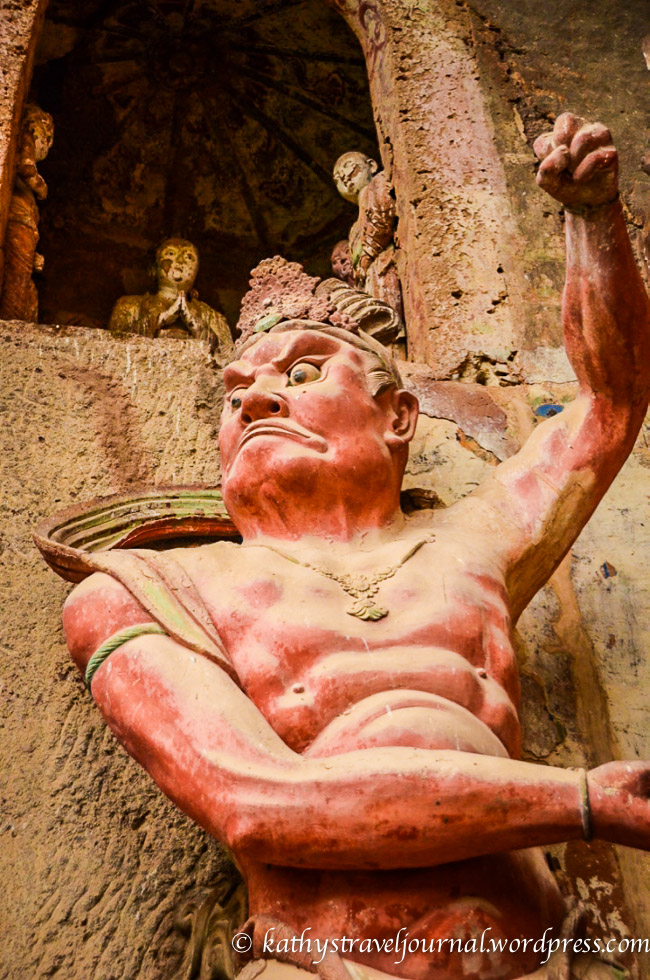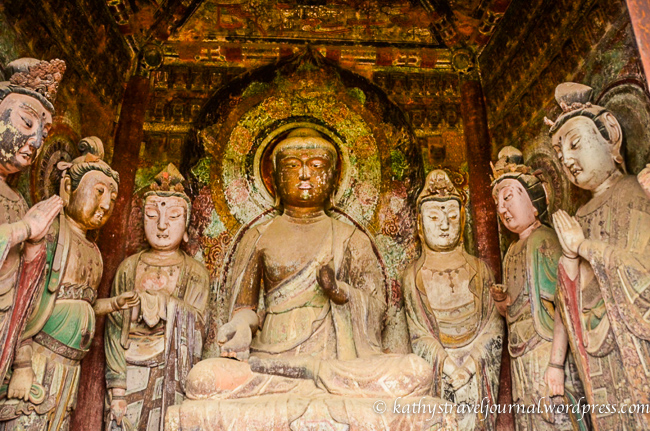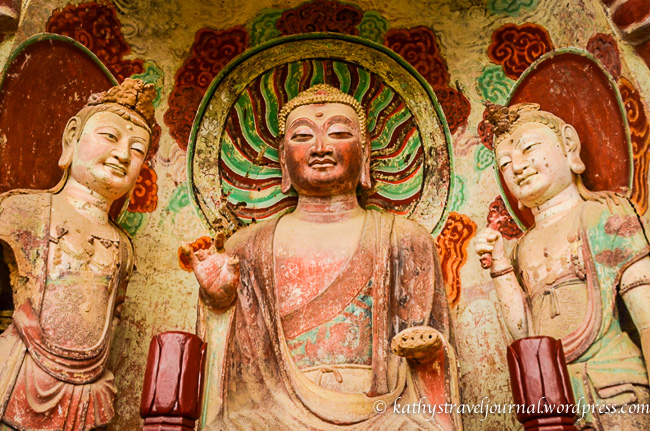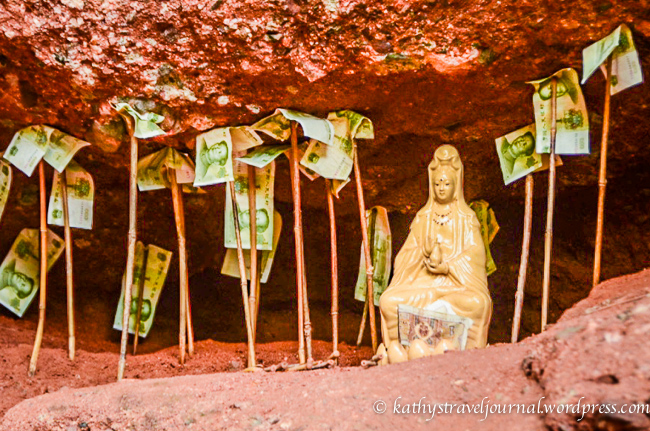I discovered the finance independence community from wanting to travel, through clicking on travel blogs, digital nomad blogs, and finally I feel like I have found my people at the financial freedom blogs. But why do I keep want to travel in the first place? And also, if you can basically live anywhere, where would you pick?
Well here is a little back story about me:


I was born in Hong Kong and moved to America at 12. To me, Hong Kong is the only place that has ever felt like home. Hong Kong has its own unique history. As HongKongers, we are proud of speaking our slang and of our own culture. There were maybe 6 million of us in the 90s, more than 7 million now, and back then I really felt like we all could bond with each other.
Also, I feel like the 80s and the 90s was some kind of a golden era of Hong Kong. Maybe it was like that in the 70s and earlier too, but I wasn’t born yet. In the 80s and 90s, at least entertainment wise, Hong Kong produced their own movies, and had we had our own music scene. The economy was such that it was fairly easy to get rich. Of course the rich would get richer. But if you were working 12 hour days at a factory? It was still possible to save some money and open a factory with your friends and maybe enter middle class, or even strike it rich.
I am writing this after just returning from a 10 day visit Hong Kong. I think I will add a part 2 to this to reflect on how I feel about Hong Kong now, especially after spending time there during a pretty violent period of protests.
For me, after I left Hong Kong, I moved to the American suburbs. It took me till end of high school to really speak English well and maybe get the culture. But I am not sure if I have ever found my home again after 12.
For one, I just don’t think I am a suburban living person. I have always known that, so it is kind of my fault that I do not live in a large city. I find the American suburb extremely comfortable – you can drive everywhere, there are pretty parks and spacious stores and schools with large sports fields. But maybe it is a little blend and too comfortable – there is no hustle and bustle, I like some noise, and I find all the stores and streets kind of all to the same.
My second favorite place where I have lived was Beijing, around 2011. There were several things going for it: 1. We were on an expat assignment, so things are definitely easier if you live rent free and have a driver to drive you around (even if he gets lost a lot. Maybe I will write a Beijing post one day) 2. There is something new and exciting when you move to a new place. So many places to explore! Even the supermarket is fun 3. Beijing definitely fits the large city bill, with 20+ million residents 4. At the time there were a lot of expats in Beijing, so it was very easy to settle and to make friends. I still keep in touch with some of mine, who all remember our Beijing time very fondly. 5. There are plenty of fun and challenging things to do every day in a city that big. Learn Mandarin! Volunteer! Go hiking! Find a happy hour! There are just so many opportunities.
On the financial freedom discussions, almost everyone talk about moving to a lower cost of living location. And since I live in New York State, almost everyone has a dream of moving to Florida or South Carolina when they retire. Of course it is nice to escape the winter. But many of people around me have hardly moved their whole lives – most of their lives they have lived within 1 hour drive. Can they really just build a new life away from all their friends and family, just like that?
And I also wonder if it is a little unfortunate that I was so in love with the city I grew up in. Do people really fall in love with, for example, the suburb of Philadelphia? But is it easier to replace the suburb of Philadelphia with, maybe suburb of Seattle? Boston? I know people who are life long NYC New Yorkers who would not want to live anywhere else, because NYC is pretty hard to replace – you may need to go to Tokyo, Hong Kong, London …
I am not sure if I will ever find a place that I love as much. But now when I travel or when I daydream about travel, I always wonder if it maybe some place I would like to live one day, even if just for a few months. Maybe it is a little bit like dating? It would be nice if I fall in love with a city again, but I may never. But the world is so big. Maybe I can find a city where I can have a fling with?







